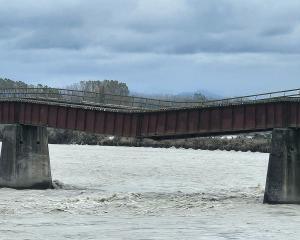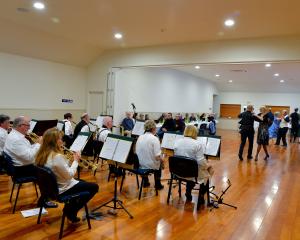A large increase in the numbers of two of New Zealand's rarest native fish near Twizel is being attributed to the introduction of a trout barrier.
At the last monitoring visit by Department of Conservation staff, 99 lowland longjaw galaxias and 228 bignose galaxias were caught in two monitoring sites in a small spring-fed tributary of Fraser Stream.
Additionally, large numbers of juvenile fish were seen which indicated good spawning.
The trout barrier has been in place for two spawning seasons.
Given bignose galaxias were discovered as a new species only nine years ago, the recent findings were extremely positive for their survival, Doc biodiversity manager Dean Nelson said.
''Both lowland longjaw galaxias and bignose galaxias are small fish, normally less than 80mm long. When you consider that both introduced rainbow trout and brown trout can grow very large, then it is easy to see why our native fish are vulnerable,'' Mr Nelson said.
The galaxias were often hard to spot as they tended to hide in cover or quickly disappear.
Active trout removal began in June 2008, after the high of 20 trout that were found during monitoring in April that year. Since then, a total of 179 trout have been taken out, mostly about 100mm but quite a few larger, with the largest being 233mm.
The trout were transferred to further down the main Fraser Stream.
The popular Dusky Trail track runs parallel to Fraser Stream which is in Ruataniwha Conservation Park.
Cyclists and walkers were encouraged to travel clockwise, crossing Fraser Stream first and the Twizel River last to help keep didymo out of the stream.












